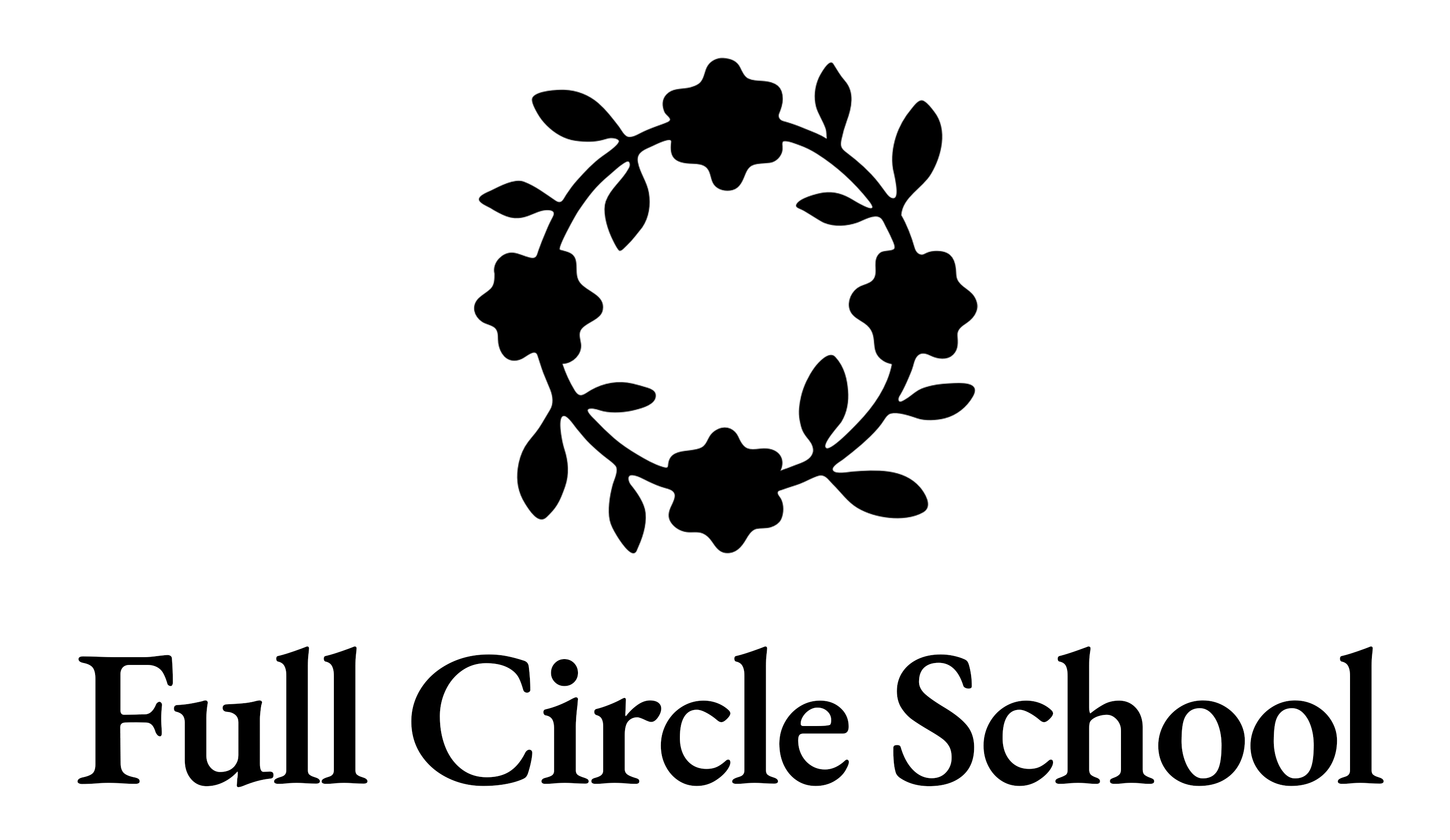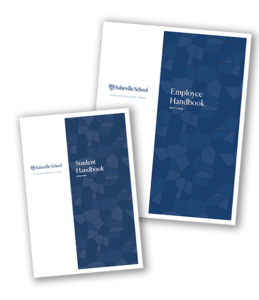Guiding School Culture
Improving school culture requires a systems approach—leveraging a combination of elements from concrete to abstract, from policy to symbolism.
There’s a saying that “culture eats strategy for breakfast.” We find this phrase often repeated and rarely understood—and we contest its wisdom: culture can be a powerful force of alignment and should be an integral part of school planning and management.
Cultural values drive behavior, repeated behaviors become pattern, and patterns often become de facto policy. As a result, if a school fails to manage its culture, it will likely lose control of its policies—creating a fatal gap between promise and performance.
Our approach considers the unique sources of incentive and cultural motivation within your organization; we identify opportunities for leverage and inspiration and then work to align them with your strategy and mission.




Handbooks Help Drive Culture
Examples projects include:
- Redesigned employee and faculty guidebooks to reduce the faculty/staff divide by organizing material and policies in a way that demonstrated similarities and provided clear, logical rationale for any necessarily differentiated roles or standards.
- Reduced patterns and cultures of distrust by clarifying organizational structure, job responsibilities, and decision-making processes—building trust and collegiality by encouraging every employee to understand their own decision-rights, sources of authority, and areas of accountability.
- Breathed greater intention into old traditions and retuned and redesigned them as forward looking and instructive shared experiences for students.
- Developed an innovation program founded in design thinking that helped transition students’ mindset from traditional, goal-oriented learning to a learning culture that supports innovative, exploratory, deeper learning.
- Focused and shortened the mission and vision statements at an elite school, making it more memorable and quotable, creating an on-campus echo chamber which focused even ornery employees on the school’s central purpose.
- Studied, clarified, and provided a system to balance faculty workload across a wide variety of assignments, building a greater sense of equity and personalization into duty schedules.
- Redesigned the language and logical structure of the core curriculum, providing crystal-clarity on which course design, assessments, advisor comments, and grades could be based—and allowing the admissions and marketing departments to share a crisp, clear message of difference.
- Facilitated the creation of values statements and guiding principles that built organizational alignment and serve as meaningful, daily touchstones for administrative and programmatic decision-making.
- Renovated a school’s governance systems, evolving them beyond mere procedure to bring a mission- and purpose-orientation to the board’s documentation and performance. Consulted on how administrator reports and pre-read materials could be structured to improve the meaningfulness, efficiency, and effectiveness of board meetings and trustee time.
- Embedded key patterns and statements into student culture—through symbology, marketing influence, and formal policy—to shift student mindsets from a focus on the accumulation of personal social capital to a culture of community responsibility and service to others.
- Recommended key adjustments to student rules and policies—particularly those focused around disciplinary responses—to reduce the occurrence of “snitch culture,” restorative justice, and promote respect, honor, and concern for others.
- Identified limiting beliefs and coached leadership to adopt new mental models, breaking a logjam of dysfunctional organizational patterns.
- Created comprehensive handbooks for faculty and staff, ensuring a clear understanding of both the spirit and letter of the rules, ensuring consistent implementation and enforcement which directly improved the students’ sense of fairness and equity at the school.
- Designed material support, messaging campaigns, and wayfinding systems (signage, maps, seasonal banners, etc.) as a platform to transform an unapproachable school into a more inclusive, welcoming culture.
- Improved the rate of trustee and board development through the development a comprehensive trustee handbook that covers the entire arc of trusteeship, setting clear expectations before election, making on-boarding more consistent and efficient, and promoting trustee excellence by serving as a repository of institutional memory.
Each of these innovative, system oriented solutions began with a clear understanding of the problem and a clear articulation of the goals. Contact us. We’d love to talk about your project.
